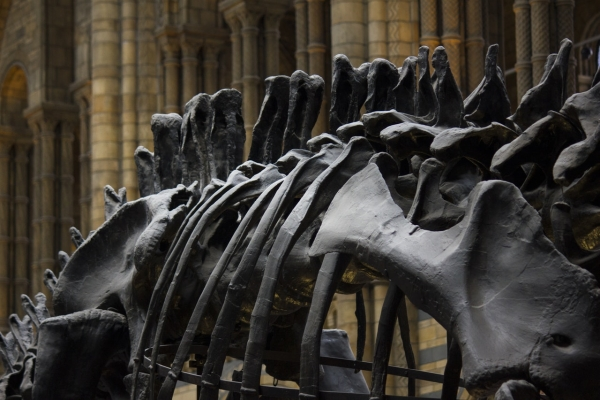Museums are a vital way to preserve history, engage visitors and communicate knowledge. However, like most establishments and attractions, they were forced to close their doors during the COVID-19 pandemic. Amongst other things, this raised questions about the digital experience museums could provide while their physical site was shut to visitors.
In this post, we'll explore the importance of digital experiences for museums along with some ways to improve them.
While digital experiences were put into the spotlight during the COVID-19 pandemic, a global lockdown isn't the only time when they're relevant. Of course, it's important for museums to consider these unprecedented circumstances, as they may well be repeated.
However, digital experiences also have the potential to broaden the appeal and reach of a museum, eliminating geographical restraints. In other words, museums which offer an engaging, informative experience online will not be limited to the visitors who can travel to their fixed location.
On top of that, digital features are becoming more popular as a complementary facility within the museum itself. Touchscreens can be used to deliver more knowledge than a standard display could fit, with users able to navigate to the historical context or supplementary information that's relevant to them. While these touchscreen facilities are being used in lots of museums, many won't be using them to their full potential.
As explored in an article by the London School of Economics, the challenge for digital museum exhibitions is creating a vast, multimedia collection which focuses not only on the objects, but the records, interpretation and context of those objects – allowing digital experiences to become a virtual curator.
According to the article, museums should seek to provide 'robust knowledge transfer and communication tools'. That will enable them to continue communicating with their audiences and each other, regardless of any future crises. As above, it could also vastly improve the in-person experience, with online systems being used within the museum itself.
The main challenge here is finding the right infrastructure and justifying that investment to directors or museum trustees. This is where online image library software can lend a hand. With automatic importing of metadata, sophisticated searching and the capability to host images, video, audio and text, museums can create comprehensive online exhibitions that preserve, engage and inform.
iBase's powerful image library software is used by museums throughout the UK to improve their digital experience and manage their collection internally. Tate Britain, Edinburgh City Libraries, Science Museum Group, Museum Wales, The Lowry – the list goes on.
If you would like to find out more about how our software works, we would be happy to show you with a one-to-one demonstration. Contact us today to arrange a demo.
